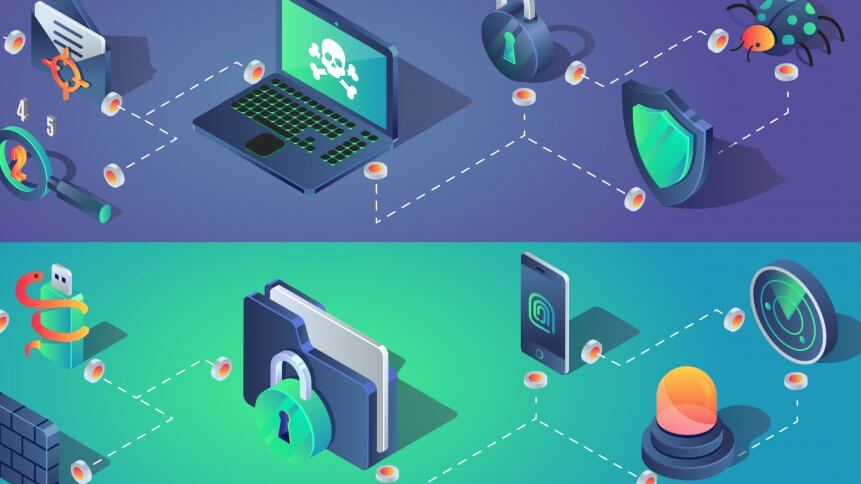Endpoint security – 3 advantages enterprises are reaping

- The endpoint security market is set to grow up to US$27.05 billion by 2024
- Companies experience up to 30 percent of downtime due to patching of vulnerable points
We should be well aware now of the increased activity of cybercriminals amid the pandemic, in which bad actors are capitalizing on the streams of information circulating across the globe, and the movement of workers to remote working.
As a result of this rise in opportunistic cybercrime, companies are swiftly investing in measures in which to protect their distributed workforce and their business as a result. In all the current economic uncertainty, suffering a breach is the last thing business leaders want to go through.
Based on Grand View Research, the endpoint security market is predicted to hit US$27.05 billion by 2024.
The rising number of enterprise endpoints, including personal laptops, desktops, mobile devices, and IoT (Internet of Things) has pushed demands for endpoint security solutions further and aim to add a layer of consistent, manageable security across all devices connecting to a company network.
Hence, here are three advantages of endpoint security that businesses are taking advantage of to remain protected in the current climate:
# 1 | Enhanced visibility
Presently, endpoint security is designed to quickly detect, locate, analyze, and respond to cyberattacks as bad actors are constantly preying on loopholes and hidden entry points.
Endpoint security aims to add a layer of visibility and assist cybersecurity teams in identifying and responding to threats in reduced times, preventing potential attacks from progressing further.
In addition, endpoint security enables companies to monitor all mobile devices connected to an organization’s network, a prominent feature, especially at a time where remote working is the new norm.
# 2 | Support in patch management
Patch management is essential to ensure internal systems are up to date and to minimize exposure points. Cybercriminals are swift to take advantage of unpatched endpoints as gateways to infiltrate a network.
Even so, the average endpoint is found to be three months behind on updates according to the Ponemon Institute, increasing the risk of potential breaches. What’s driving companies to delay updates? A recent study has indicated companies experience a 30 percent increase in downtime as a result of patching vulnerabilities, which could be costly to the business.
Endpoint protection helps companies deal with this push-pull situation. Firstly, it troubleshoots potential vulnerabilities before bad actors can act, and secondly, endpoint security has the capability to facilitate the patching process and minimize disruption to workflows.
YOU MIGHT LIKE

AI in cybersecurity, with Darktrace and Antigena
# 3 | Shield for invaluable data
Alongside the benefits mentioned, perhaps the most significant application of endpoint security is its ability to secure and protect data.
Modern endpoint security provides Data Loss Prevention (DLP), whereby it blocks data from moving or being transferred outside of a company’s safe parameters such as approved endpoints or set databases.
This proves critical for ever-growing databases and the adoption of public clouds to store organizational data. In the current climate, with a majority of the workforce working from home, DLP holds an even more salient responsibility to protect sensitive data from being compromised due to human error or misconfiguration of hardware and software.
In essence, CTOs are faced with unique challenges to seek agile and robust cybersecurity solutions as employees are collectively working from disparate locations and have varying degrees of security levels.
Endpoint security is gaining prominence as it directly highlights the proliferation of connected devices on organizational networks driven by continued digitization. In addition, the pandemic induced mandate to remote working has pushed business leaders to examine the critical need to secure connectivity to existing networks and systems.









